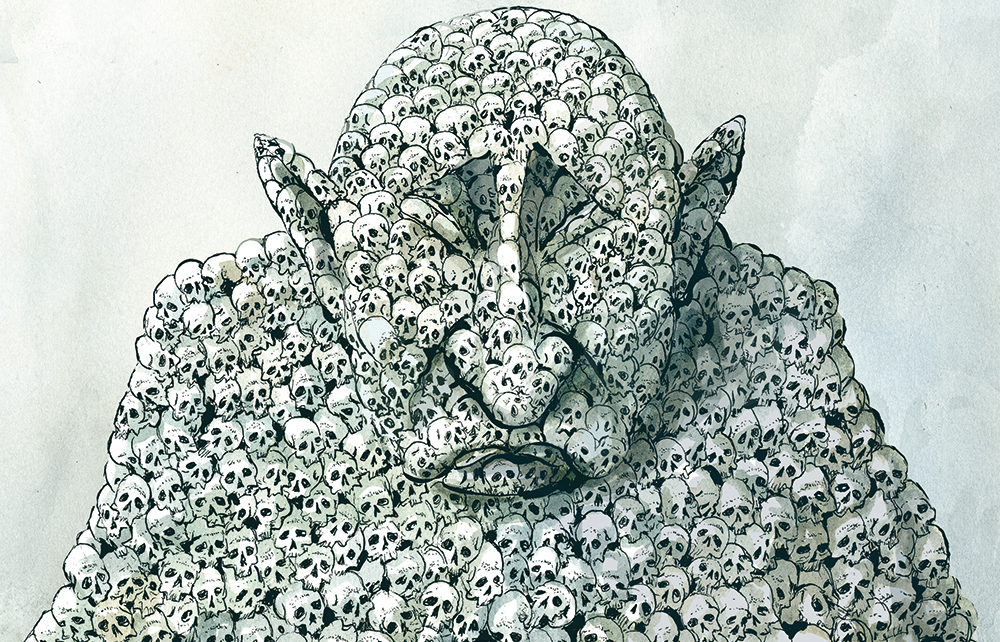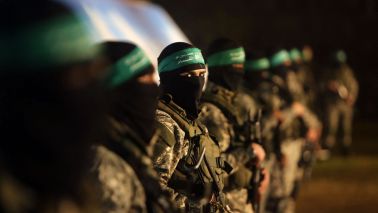Dovhenke, Ukraine
The Russian soldier lay where he had fallen. His plastic combat belt and flak jacket were still intact, but his legs were splayed at an unnatural angle, and where his face and scalp had once been there was now only a skull with dark stains on it.
Oleksiy, leader of the Black Tulip, a small team of Ukrainian men who collect bodies from the country’s eastern battlefields, gingerly tied a rope around the decaying corpse. ‘These bodies are sometimes booby-trapped,’ he said. ‘We have to be careful.’
We all walked 50 or 60 yards up the muddy track we had come down and crouched. Then Oleksiy, bending low, gave the rope a tug. This time there was no explosion. Denys, 21, who was wearing a baseball cap with ‘Donbas’ written on it, picked up the skull which had detached from the body and reunited the two.
Soon the Ukrainians – six volunteers who had all been part of the same kick-boxing team before the war – had arranged the dead Russian and his equipment neatly on to a white plastic body bag. They catalogued and photographed him. He was the 299th body they had found.
The collection of soldiers’ bodies has a long history in the fields of eastern Ukraine. During the second world war, fighting in this area was intense and hundreds of dead Germans were found, the Ukrainians said, many along a line of birch trees at the edge of the field we were now in. One foxhole we passed, we were told, had originally been dug by soldiers of the Wehrmacht and then excavated again during intense fighting last summer.
Recovering the dead is an important part of any culture, but on the much-fought-over steppes on the eastern marches of Europe it has particular resonance.







Comments
Join the debate for just £1 a month
Be part of the conversation with other Spectator readers by getting your first three months for £3.
UNLOCK ACCESS Just £1 a monthAlready a subscriber? Log in